Lane-keeping assist systems have become a standard feature in modern vehicles, offering drivers an extra layer of safety by helping to prevent unintended lane departures. As different car manufacturers implement this technology in their models, variations in effectiveness, user-friendliness, and overall performance have emerged. Understanding these differences can help consumers make informed decisions when purchasing a car.
Understanding Lane-Keeping Assist Technology
Lane-keeping assist systems are designed to help drivers stay within their lane by using cameras, sensors, and software to detect lane markings on the road. When the system senses that the vehicle is unintentionally drifting out of its lane, it provides corrective steering inputs to guide the car back onto its intended path. Some systems also offer visual or audio alerts to warn drivers of potential lane departures.
The technology behind lane-keeping assist involves a combination of forward-facing cameras and radar sensors that continuously monitor the road ahead. These components work together to interpret lane markings and assess the vehicle’s position relative to them. The system’s primary aim is to enhance safety by reducing the risk of accidents caused by unintended lane departures, which can be particularly beneficial in long-distance or highway driving.
Brand-by-Brand Comparisons
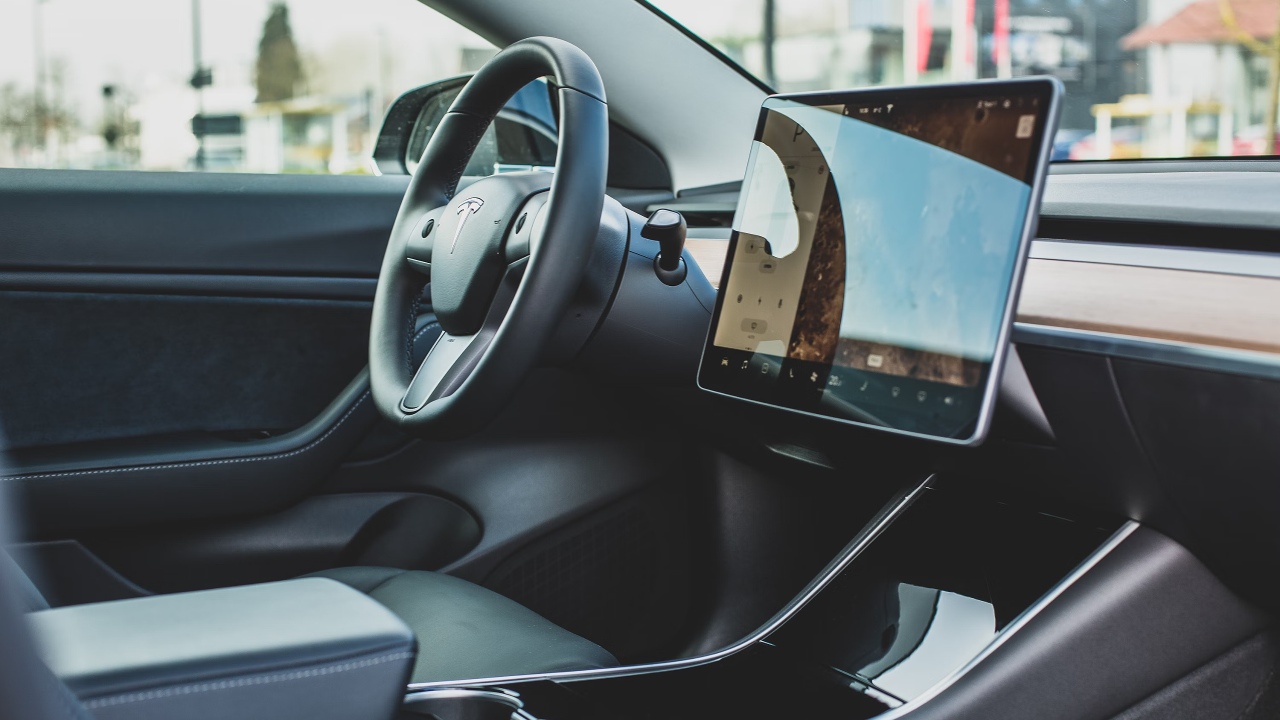
Toyota and Honda
Both Toyota and Honda have been praised for the reliability and accuracy of their lane-keeping assist systems. For instance, the 2023 Toyota Camry features a responsive lane-tracing assist that smoothly guides the vehicle within its lane. Similarly, Honda’s Lane Keeping Assist System (LKAS), available in models like the 2023 Honda Accord, is noted for its ease of use and consistent performance. Drivers often commend these systems for their straightforward user interfaces and minimal false alarms.
Tesla and Ford
Tesla and Ford offer more advanced lane-keeping features, integrated with their semi-autonomous driving systems. Tesla’s Autopilot, available in models like the 2023 Tesla Model 3, includes lane-centering capabilities that work in conjunction with adaptive cruise control. Ford’s Co-Pilot360, found in the 2023 Ford Escape, provides similar functionality with the addition of intuitive driver alerts. Users appreciate the seamless integration of these systems with other driver-assistance features, although some have noted a learning curve due to the complexity of the interfaces.
BMW and Mercedes-Benz
Luxury brands like BMW and Mercedes-Benz offer premium lane-keeping assist systems with customization options. The BMW 3 Series (2023) features a Driving Assistant Professional package that allows drivers to adjust sensitivity settings to their preference. Meanwhile, the Mercedes-Benz S-Class (2023) excels in various driving conditions, offering adaptive lane-keeping that performs well on both highways and city streets. These systems are often praised for their sophisticated design and ability to handle complex road scenarios.
Performance in Real-World Scenarios

Urban vs. Highway Conditions
Lane-keeping assist systems are generally more effective on highways, where lane markings are clearer and more consistent. In urban environments, systems like those found in the 2023 Subaru Outback may struggle with complex intersections and faded lane lines. However, manufacturers are continuously improving urban performance by enhancing camera resolution and algorithm accuracy. High-speed highway driving benefits significantly from lane-keeping assist, providing drivers with peace of mind during long trips.
Weather and Environmental Factors
Adverse weather conditions, such as heavy rain or snow, can impact the reliability of lane-keeping assist systems. Vehicles like the 2023 Audi A4 have advanced sensor cleaning features to maintain visibility in challenging conditions. Additionally, regional differences in road markings and infrastructure can affect system performance. Manufacturers are working to refine these systems to better adapt to varying environments, ensuring consistent performance regardless of location.
User Experience and Feedback

Ease of Activation and Adjustment
One of the critical aspects of user experience with lane-keeping assist is the ease of activation and control adjustment. The 2023 Hyundai Sonata, for example, features a user-friendly interface that allows drivers to quickly activate the system and customize settings. The intuitiveness of controls plays a significant role in user satisfaction, and drivers appreciate the ability to tailor the system to their driving habits.
Driver Confidence and Trust
Driver confidence in lane-keeping assist systems varies based on their reliability and effectiveness. Many drivers report increased trust in vehicles like the 2023 Volvo XC60 due to its reliable performance and minimal false alarms. However, instances of system malfunctions or false alerts can undermine confidence. Manufacturers are focused on improving system accuracy and communication to ensure drivers feel secure when relying on these technologies.
Future Developments and Trends
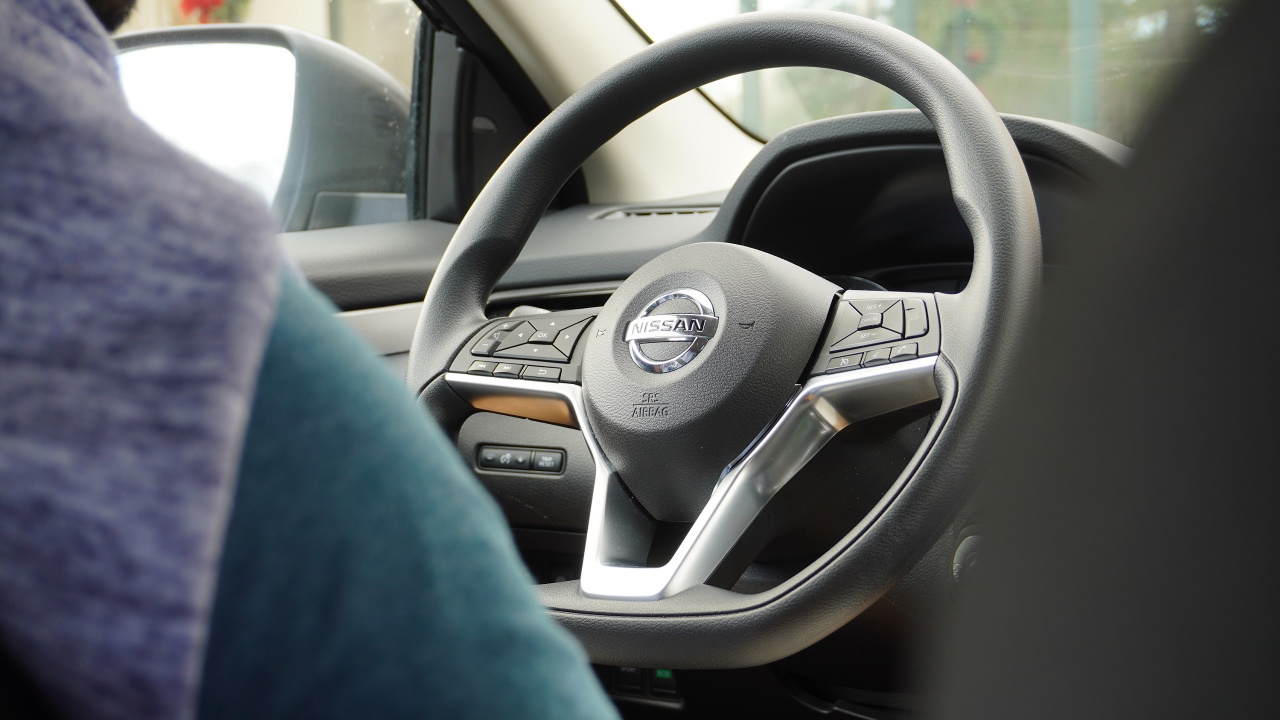
Upcoming Innovations in Lane-Keeping Technology
The future of lane-keeping assist technology promises exciting advancements. Car models, such as the Nissan Rogue, are expected to feature enhanced machine learning algorithms that improve lane detection and vehicle control. Integration with other driver-assistance systems, including adaptive cruise control and automated parking, will further enhance the functionality and appeal of lane-keeping assist.
Industry and Regulatory Influences
Regulations play a crucial role in shaping the development of lane-keeping systems. As governments worldwide push for higher safety standards, manufacturers are motivated to improve their offerings. The trend towards standardization of safety features, such as lane-keeping assist, is likely to continue, encouraging innovation and competition among carmakers. This drive towards improved safety will benefit consumers by providing more robust and reliable systems in future vehicles.
More from Fast Lane Only:
- Unboxing the WWII Jeep in a Crate
- The Fastest Farm Truck Ever Built
- 10 Old Trucks That Were Built Like Tanks
- 12 Classic muscle cars still within reach for budget buyers
*Created with AI assistance and editor review.

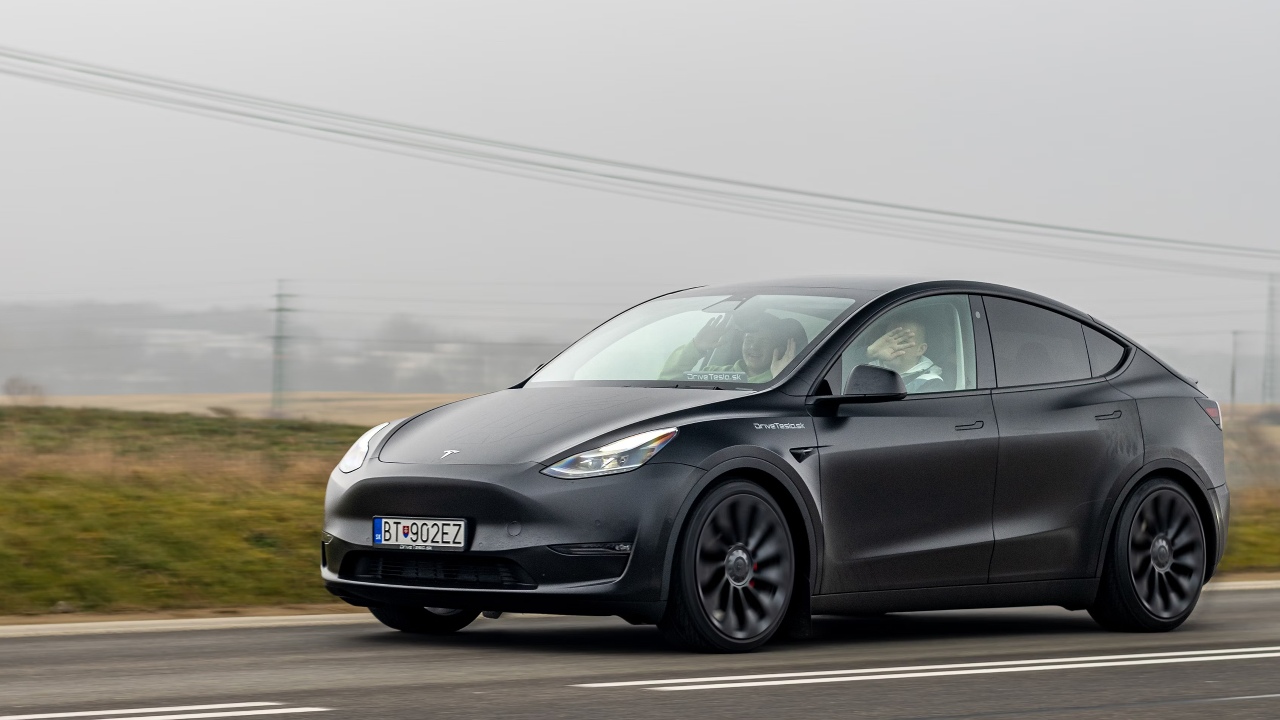
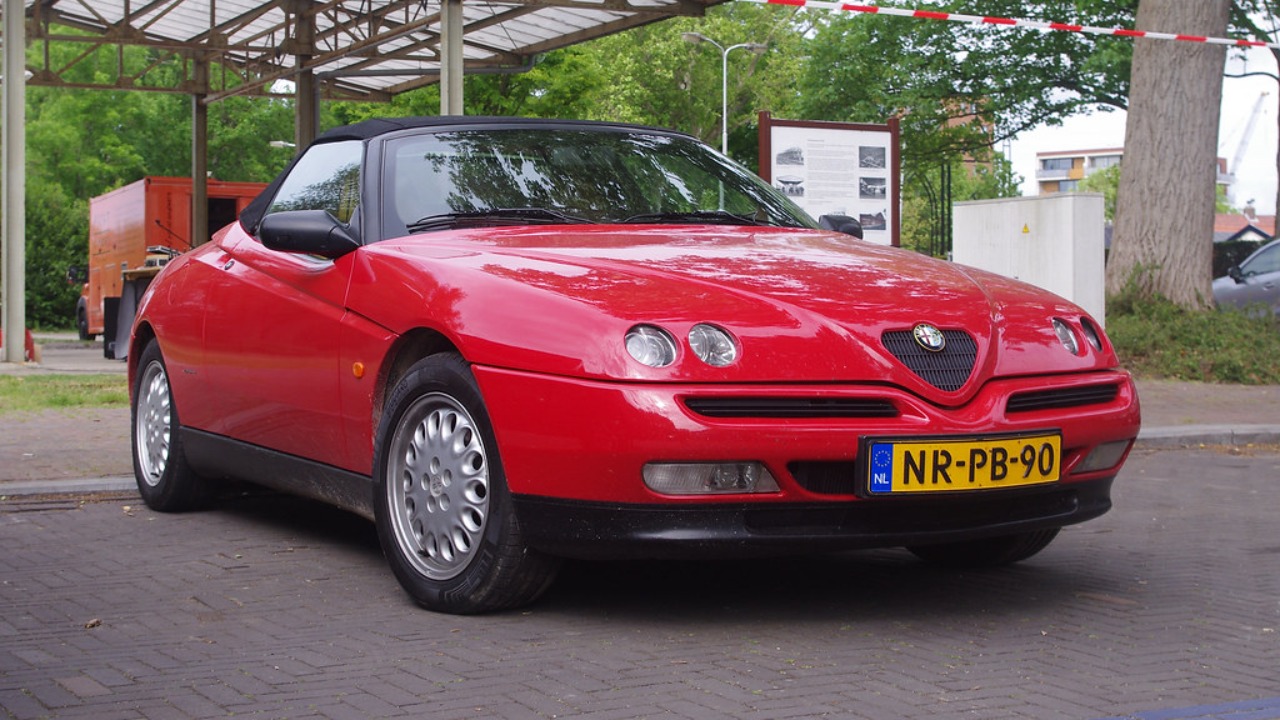


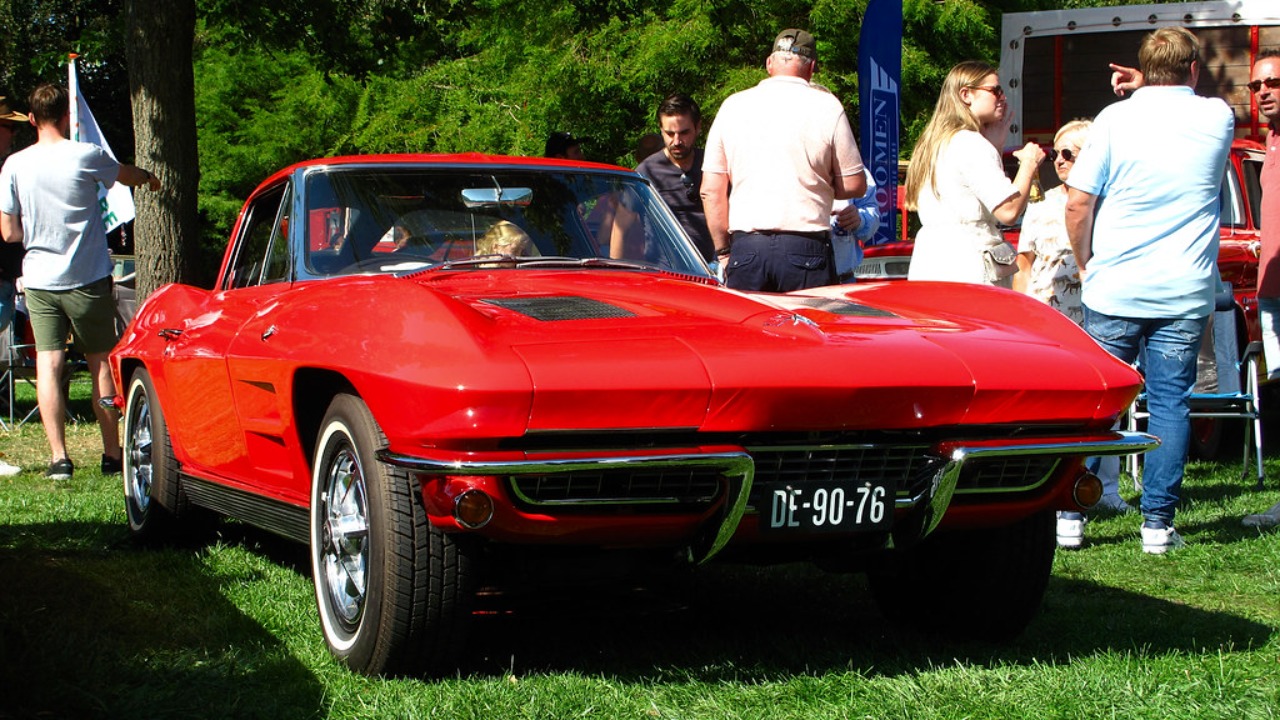
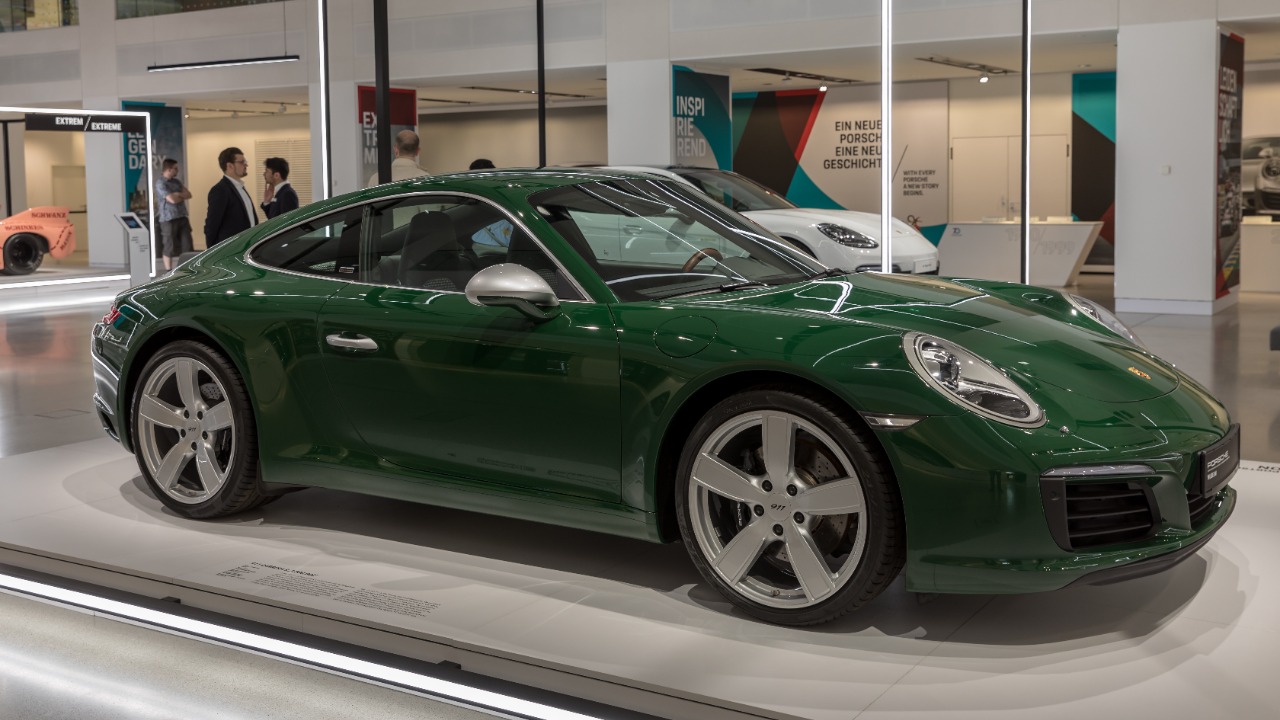
Leave a Reply